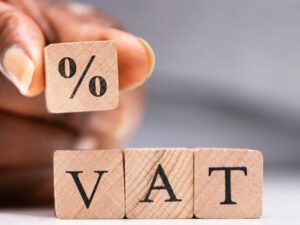[imagesource: Gallo Images /Sowetan / Sebabatso Mosamo]
Every time I hear the opening words of a Formula One race – “it’s lights out and away we go” – I think of that moment load shedding hits.
It’s a few minutes late, maybe it’s going to miss me this time and bang, nope, there’s the darkness.
As an aside, still no news on the South African Grand Prix front. Should we be worried?
Anyway, let’s talk about the action plan President Cyril Ramaphosa recently announced to address our growing and long-running energy crisis.
It’s been 11 days since load shedding (EDIT – scratch that, here we go again) but the alarm rang yesterday as Eskom warned that stage two could be implemented over the next few days.
You can read through the ins and outs of the plan here, but let’s focus on one glaring issue that The Daily Maverick has pointed out:
…Ramaphosa’s energy plan, which embraces the private sector in resolving South Africa’s perennial electricity crisis, is set to add nearly 2,000 megawatts (MW) over the next three months, which is not enough to make a dent in or alleviate crippling bouts of Eskom power cuts.
At worst, Eskom faces a shortage of up to 6,000MW of electricity as many of its creaking power stations are susceptible to breakdowns…

Most of the energy interventions proposed by Ramaphosa are likely to start making a dent in rolling blackouts by 2023, implying that they are here to stay for another 12 months.
Fear not, those who recently forked out on a home UPS or generator. Looks like it’s still money well spent.
The plan, which involves deregulating large parts of the energy sector and relying on the private sector to help out, is likely to add somewhere around 1 950MW in the short term. When things really go wrong at Eskom, that’s around 4 000MW short of what’s needed to avoid higher stages of load shedding.
Essentially, there is no quick fix and we are playing the long game, with 2023 labelled a possible “game-changer year in terms of energy generation”.
There’s also the small matter of financing the energy plan. Open up your wallets, says BusinessTech:
[Eskom chief financial officer Calib] Cassim said that key points of Ramaphosa’s new plan require Eskom to do more maintenance while also increasing its sourcing of power from outside the company – both of which need money…
In a consultation document published by Nersa this week, the energy regulator outlined Eskom’s most recent application for tariff hikes for the 2023/24 financial year. The document includes a projected tariff calculation showing a 38% hike next year, which Nersa said could be a possible outcome if Eskom’s wishes are granted.
As recently reported, if Eskom’s new proposed tariff hike is implemented it will be households using the least electricity that are the hardest hit.
The cost of just being connected to Eskom’s grid could rise from R218 to R938 before a single unit of electricity is used.
We should point out that Nersa doesn’t simply roll over when it comes to Eskom’s proposals so the hike may not be as steep as those figures above.
Even if it falls well short of a 38% hike, households across the country (aside from the ones our ministers live in) are going to feel the pinch.





